Search the Special Collections and Archives Portal
Search Results
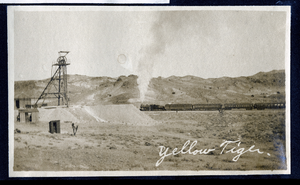
Photograph of a train passing the Yellow Tiger Mine, Goldfield (Nev.), 1900-1920
Date
1900 to 1920
Archival Collection
Description
Caption: Yellow Tiger
Image
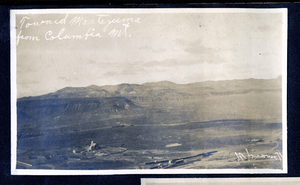
Photograph of the Montezuma mine, Goldfield (Nev.), 1900-1920
Date
1900 to 1920
Archival Collection
Description
Caption: Toward Montezuma from Columbia Mt.
Image
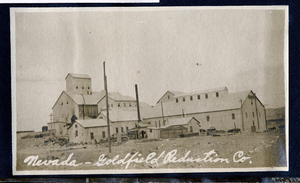
Photograph of the Nevada-Goldfield Mill operations, Goldfield (Nev.), 1900-1920
Date
1900 to 1920
Archival Collection
Description
Caption: Nevada-Goldfield Reduction Co.
Image
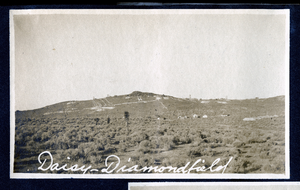
Photograph of the Daisy Mine and camp, 1900-1920
Date
1900 to 1920
Archival Collection
Description
Caption: Daisy-Diamondfield
Image
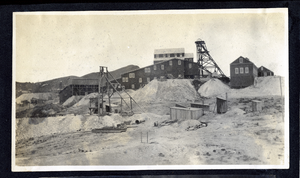
Photograph of the Combination Mill and Mine operations, Goldfield (Nev.), 1900-1920
Date
1900 to 1920
Archival Collection
Description
Photograph of the Combination Mill and Mine operations, Goldfield (Nev.), 1900-1920
Image
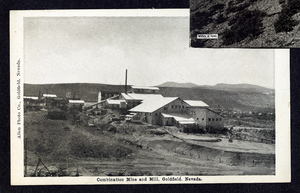
Postcard of the Combination Mine and Mill, Goldfield (Nev.), 1900-1920
Date
1900 to 1920
Archival Collection
Description
Caption: Combination Mine & Mill, Goldfield, Nevada
Image
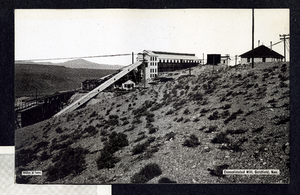
Photograph of the Consolidated Mill in Goldfield, Goldfield (Nev.), 1900-1920
Date
1900 to 1920
Archival Collection
Description
Welch & Tune were photographers for the (Nugget?) newspaper
Caption: Consolidated Mill, Goldfield, Nevada
Caption: Consolidated Mill, Goldfield, Nevada
Image
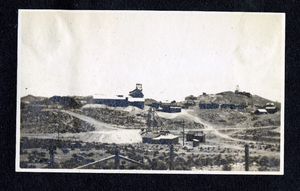
Photograph of mining operations, Goldfield (Nev.), 1900-1920
Date
1900 to 1920
Archival Collection
Description
Photograph of mining operations, Goldfield (Nev.), 1900-1920
Image
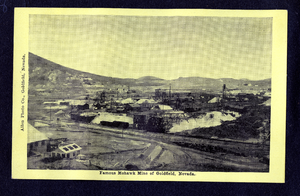
Postcard of the Mohawk Mine operations, Goldfield (Nev.), 1900-1920
Date
1900 to 1920
Archival Collection
Description
Caption: Famous Mohawk Mine of Goldfield, Nevada.
Image
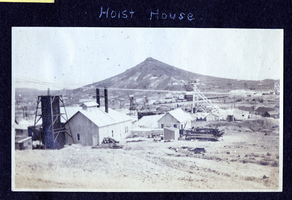
Photograph of a hoist house and mining operations, Goldfield (Nev.), 1900-1920
Date
1900 to 1920
Archival Collection
Description
Caption: Hoist House
Image
Pagination
Refine my results
Content Type
Creator or Contributor
Subject
Archival Collection
Digital Project
Resource Type
Year
Material Type
Place
Language
Records Classification
